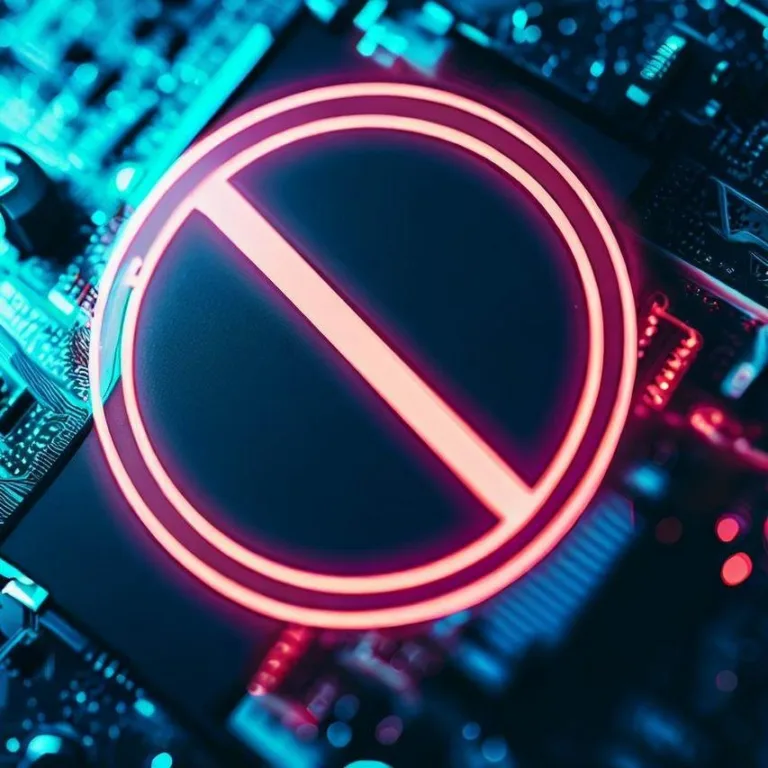Welcome to a comprehensive guide on the intricacies of the System32 folder in the Windows operating system. This critical system directory plays a vital role in the functioning of your computer, housing essential files and components necessary for proper operation. In this article, we delve into the details of the System32 folder, its significance, and its impact on your Windows experience.
The significance of system32
The System32 folder, often referred to as C:WindowsSystem32, is a central repository of critical files and libraries required for the functioning of the Windows operating system. It contains a multitude of dynamic link libraries (DLLs) and executables (.exe files) that enable various applications and services to run seamlessly.
These files are essential for the overall stability and performance of the operating system. They include functions and resources that allow Windows to manage hardware, run software, and handle various system processes. Many system-level operations, such as user authentication, hardware driver management, and networking protocols, heavily rely on the contents of the System32 folder.
The structure of the system32 folder
The System32 folder is organized in a hierarchical structure that reflects the complexity of the Windows OS. It contains numerous subdirectories, each responsible for a specific category of system files. Some of these subdirectories include:
- Drivers: This subfolder holds essential device drivers required for hardware components to communicate effectively with the operating system.
- En-US: Here, language-specific resources are stored to facilitate the localization of system messages and prompts.
- LogFiles: Windows system and application logs are stored in this directory, aiding in troubleshooting and diagnostics.
- Config: Configuration files that govern system settings and preferences can be found here.
The role of system32 in windows
The System32 folder serves as a cornerstone of Windows functionality. The files contained within this directory are invoked by various applications and services as needed. When you launch a program or carry out a system task, the corresponding files from the System32 folder are accessed and executed, enabling smooth and efficient operations.
It’s important to note that altering or deleting files within the System32 folder can have serious consequences for your system’s stability and functionality. Therefore, it’s recommended to avoid making any modifications to these files unless you have advanced technical knowledge and a clear understanding of the potential risks.
Frequently Asked Questions (FAQs)
Q: Can I delete files from the System32 folder to free up space?
A: Deleting or modifying files in the System32 folder can cause severe system issues. It’s strongly advised not to tamper with these files, as they are crucial for the operating system’s proper functioning.
A: If you encounter errors indicating missing or corrupted System32 files, it’s recommended to use Windows’ built-in System File Checker (SFC) tool. This tool can scan and repair damaged system files, including those in the System32 folder.
Q: Are the files in the System32 folder constantly updated?
A: Yes, Microsoft periodically releases updates and patches that may include new or updated files for the System32 folder. These updates aim to enhance security, stability, and performance.
Q: Can I move the System32 folder to a different location?
A: It’s not recommended to relocate the System32 folder. Windows relies on the predefined path to access these files, and moving the folder could lead to compatibility issues and system failures.
In conclusion, the System32 folder is an integral part of the Windows operating system, housing critical files that enable smooth functioning and performance. Understanding its significance and refraining from making unauthorized changes to its contents is essential for a stable computing experience.







